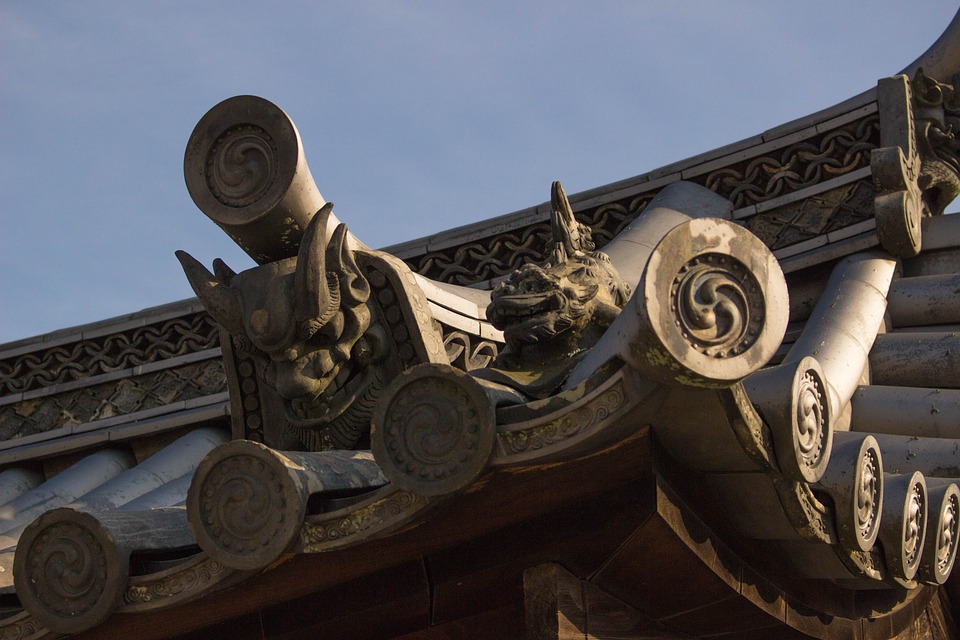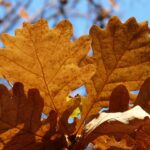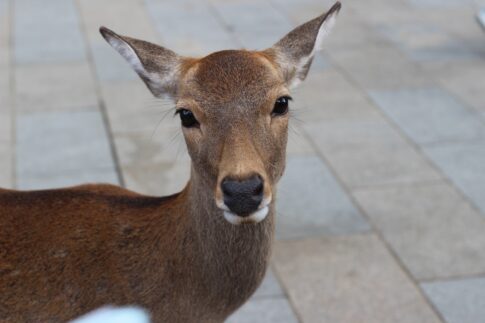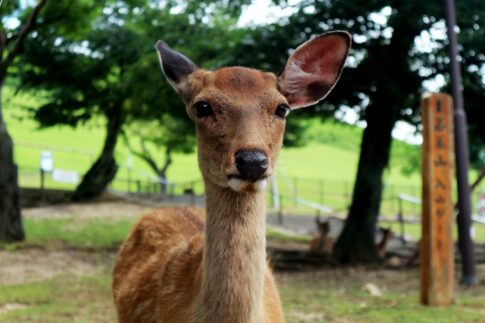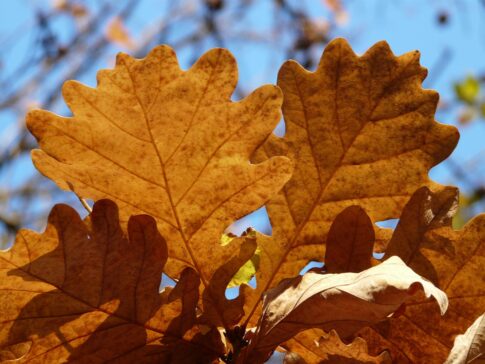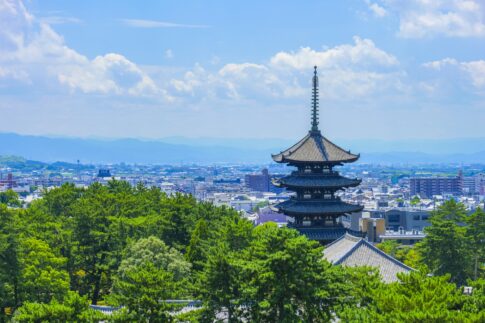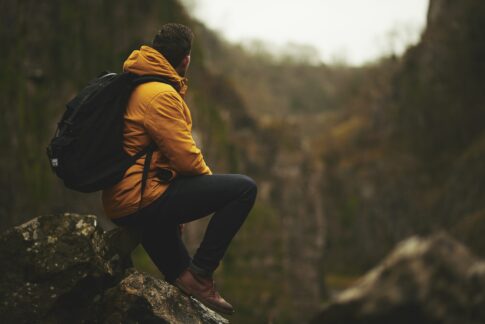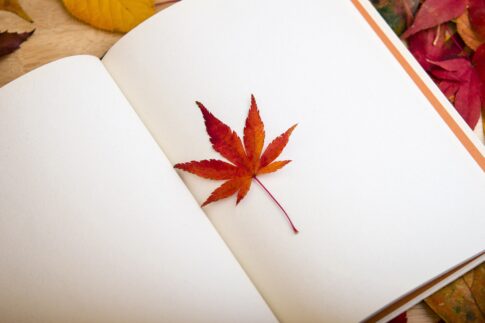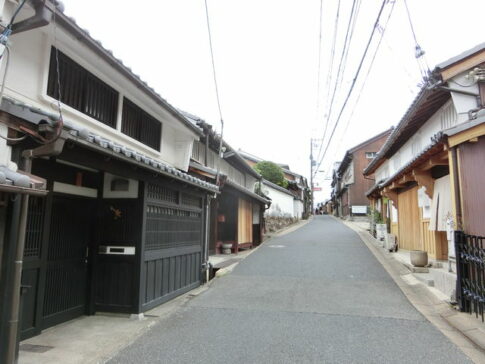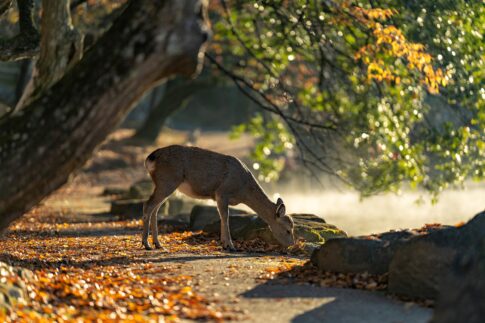Today we will introduce you 4things that you should try to experience in Sakurai City, Nara Prefecture.
4things Nara travelers to do in Sakurai City
① Visit Ohmiwa Shrine
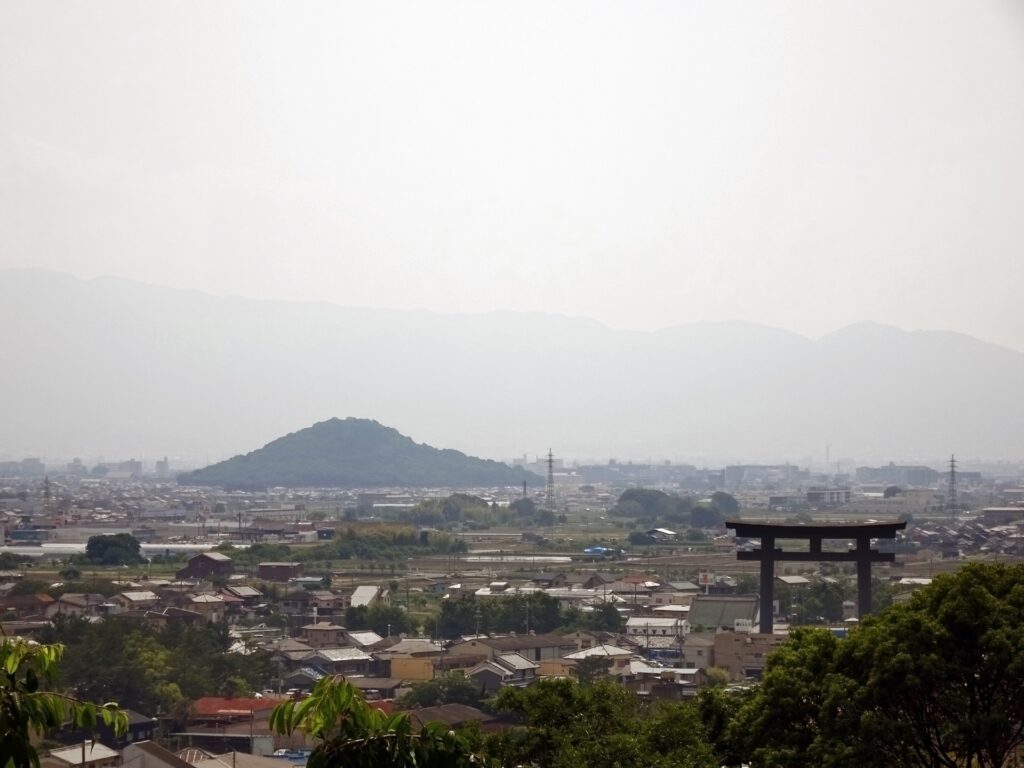
Ohmiwa Shrine, the first shrine in Yamato Province, is said to be the oldest shrine in Japan.
Its deity is Mt. Miwa (467 m above sea level), a beautiful cone-shaped mountain in the southeast of the Nara Basin.
The deity is Omononushi no Mikoto, and is worshipped together with Ohonamuchi no Mikami and Sunahikona no Mikami.
The hall of worship was rebuilt in 1664 by the fourth shogun, Tokugawa Ietsuna, and is designated as an important cultural property.
In the back front of the hall of worship, there is a torii gate called “Mitsu-torii,” which looks like a combination of three large and three small torii gates, and is designated as an important cultural property.
The ancient Shinto ritual of worshipping Mt. Miwa through this “Mitsu-Torii” has been handed down to the present.
The deity of Ohmiwa is known locally as “Miwa Myojin,” the number one shrine in Yamato Province, and is popularly called “Miwa-san” (Miwa Myojin), and in recent years has become a power spot for young people.
The town of Miwa is a gate town centering on the Ogami Shrine, its auxiliary shrines, and its branch shrines, and the townscape retains its historical and cultural atmosphere.
② Visit Hasihaka Tumulus
Hasihaka Tumulus, which is said to be the tomb of Himiko, the Queen of Yamataikoku, is known as the first huge burial mound in Japan, and is currently managed by the Imperial Household Agency as the Great City Tomb of Wajaku-no-Hyakuso-mikoto.
The Hasihaka Tumulus is a huge 276m long, forward-rear circular burial mound located at the site of the largest settlement in Japan at that time, the Garatsuki ruins, which appeared around the beginning of the 3rd century, and is of course the largest burial mound in Japan at that time.
The mound has 4levels in the anterior part and 5levels in the posterior part, and the surface of the mound is covered with thatched stones.
(1976) Also, composite-mouthed jar-shaped clay vessels with a hole in the bottom were collected from the top of the front part and its vicinity, and the results of a survey of the south side of the front part in 1992 indicated that it is highly likely that the mound was mostly filled with earth.
The moat was about 10 m wide, and a large outer dike, the base of which was more than 15m wide, may have surrounded the moat.
As for the burial facility, it is thought to be a pit-type stone chamber, as there are scattered stones at the foot of the mound.
As for the excavated artifacts, there are wooden products such as wooden wheeled armor (early 4th century), earthenware fragments, and special jar-shaped haniwa and special vase-shaped haniwa collected by the Imperial Household Agency, which were excavated in the survey outside the designated mausoleum site.
The date of construction varies from researcher to researcher, but the type of earthenware excavated from the haniwa and the moat and the shape of the mound suggest that it was built in the mid to late 3rd century.
③ Visit Hasedera Temple
Hasedera Temple is the head temple of the Toyozan school of the Shingon sect, and is widely known as the 8th temple of the 33 sacred places in the western part of Japan, with more than 3,000 temples and 3 million parishioners throughout the country.
The morning service is a memorial service to offer offerings to the principal deity, the eleven-faced Avalokitesvara Bodhisattva, and is held at the following times every day except New Year’s Day, to allow visitors to experience the “prayers” that have been continuously offered for over 1,000 years in Hatsuse, the village of the Hidden Country.
The general public is also welcome to visit the temple (500 yen) and experience the spirituality of Hase at “Hatsuse,” the village of Komoriku.
・Information
4/1 – 9/30 (summer time: 6:30 a.m. every morning)
10/1 – 3/31 (winter time: 7:00 a.m. every morning)
④ Eat Miwa Somen
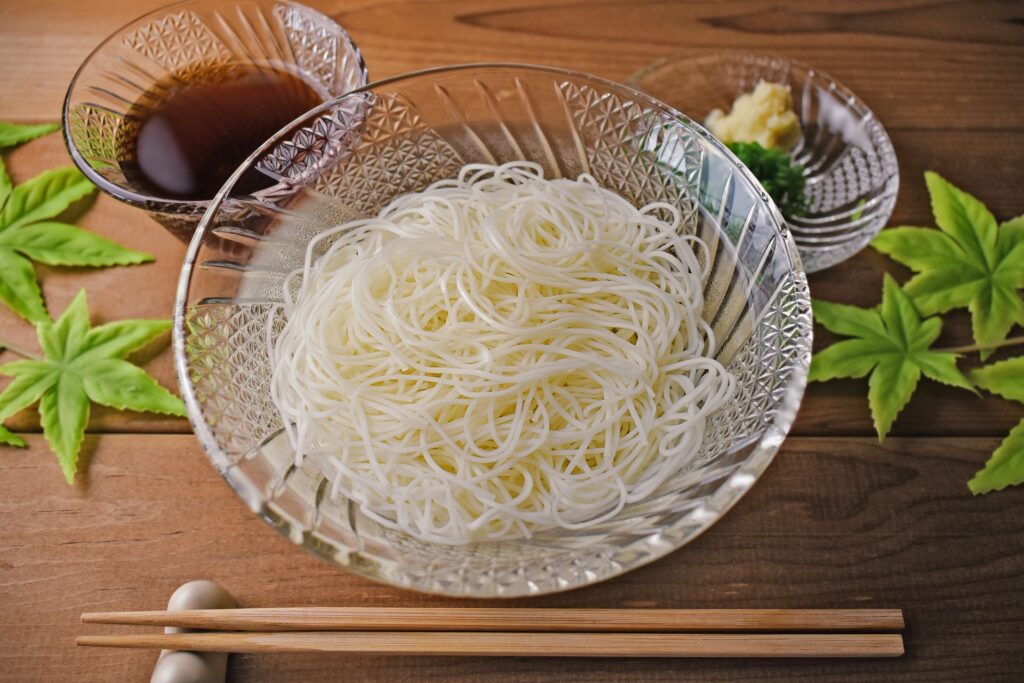
The origin of somen is said to be a revelation at Ohmiwa Shrine on Mt. Miwa, said to be the oldest shrine in Japan, where the people prayed for relief for those suffering from famine and epidemic disease, and received a revelation of wheat that was ground into flour, kneaded with water, and stretched into a string shape.
Since then, the traditional method of making Miwa Somen has been introduced to Shodoshima Island in the Seto Inland Sea, which produces high quality noodles, aided by the region’s oil and salt.
Miwa Somen also attracted visitors on their way to Ise, and the hand-pulled method was also introduced to Banshu (Hyogo), where it became a traditional food representing Japan.
- Origin of Somen
“Ozoro” was the word that was used in the court. It is known from the Heian period (794-1185) onward through the diaries of court nobles and the notes of court ladies that somen, originally called sakuhei, was highly prized during court ceremonies and feasts, and was also served at New Year’s Day banquets.
In the Muromachi period (1336-1573), women court ladies called somen “ozoro,” and somen was served at Tanabata events. There is a fixed way of serving somen, scooping out the somen with a single chopstick and folding it over. Even today, this “ozoro” is served at the Bon Festival in the Imperial Palace, and is sometimes referred to as “ozoro” in some historic monzeki temples and other places. Traditions handed down from generation to generation
- Miwa Somen in Sakurai City
The reason somen noodle making took root in Miwa is said to be because the area is blessed with good quality water from the Miwa Mountains, the area produces very high quality wheat, and the weather conditions, with low humidity and cold winds blowing down in the winter, were most suitable for somen noodle making.
Just as Ogami-sha Shrine will forever dwell in the hearts of the Miwa people, Miwa Somen, which was born in this climate, has been handed down to this village along with its traditions for many years.
Summary
Historically, Sakurai City is said to be the place where Japan began. Let’s feel the ancient atmosphere!
